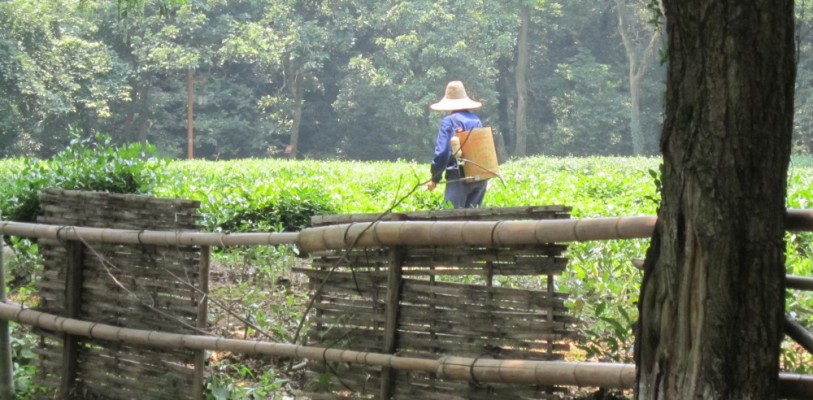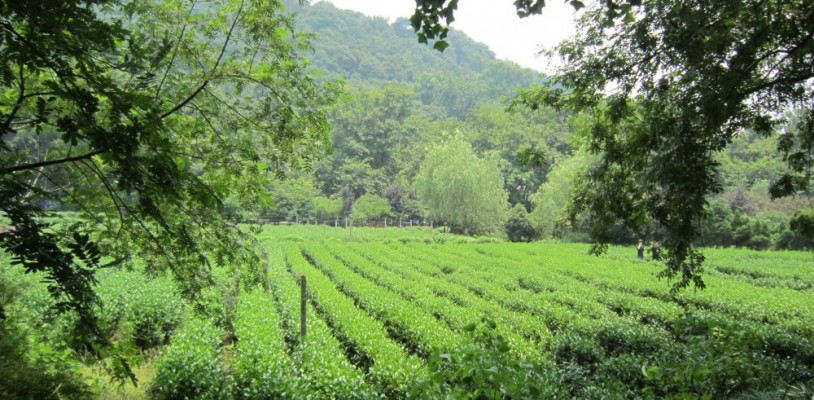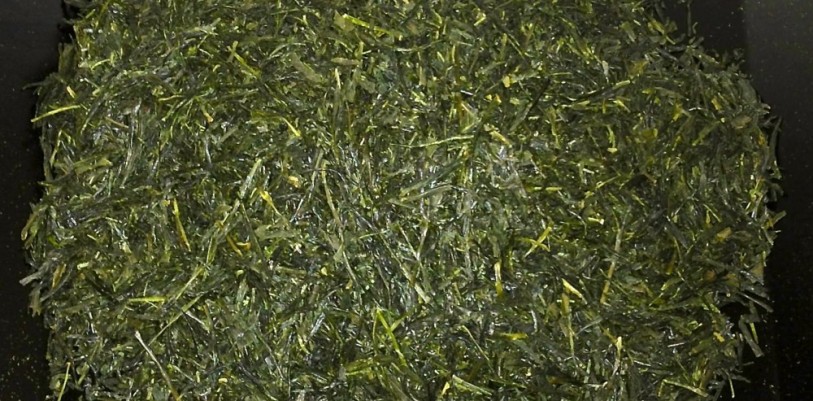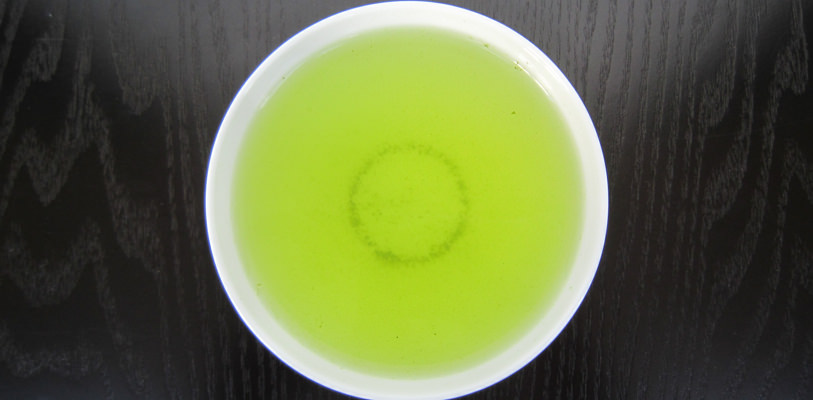
I often get asked which loose leaf green teas have the most EGCG. This is an understandable question considering that EGCG is the most potent of the antioxidants in green tea and is the most widely studied of the catechins.
If you’re in the market to buy green tea, you want to get the biggest bang for your buck, right? Well, the amount of EGCG in green tea depends on so many factors that this question is difficult to answer. Things such as geographical location, soil, climate, and fertilizers are just a few to start.
Fermenting the leaves results in less EGCG. Green tea leaves are not fermented and therefore have the highest amount of EGCG. Oolong tea is partially fermented, so it has less EGCG than green tea. Black tea is fully fermented and has less EGCG than both green tea and oolong tea.
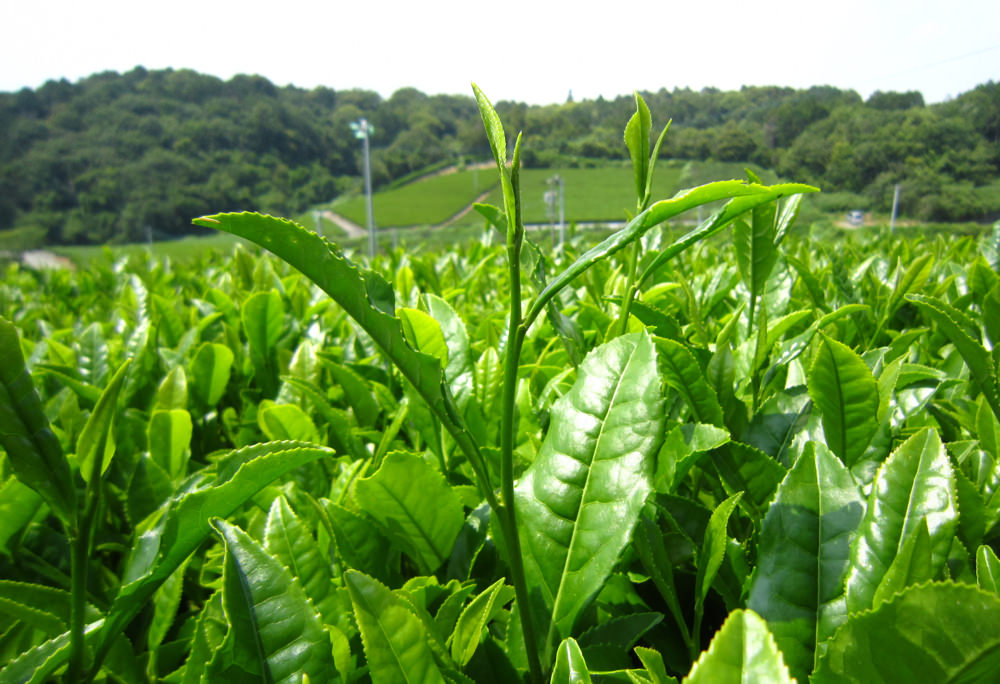 The leaves at the very top are budding leaves.
The leaves at the very top are budding leaves.
Mature leaves at harvest generally have more EGCG than budding leaves. Teas such as Genmaicha and Houjicha are processed from mature leaves. Gyokuro is processed from budding leaves.
This is not the same as an old bag of tea. EGCG degrades over time and is more abundant in freshly picked tea leaves. Teas that have been sitting on the shelf for a long time will have less EGCG.
There are a few things you can do to get more EGCG out of your tea; Use a larger amount of tea leaves, use hotter water, or steep for a longer period of time.
The average amount of EGCG in loose leaf green tea is about 80 mg per gram of tea. Researchers have found as low as 2.31 and as high as 204.20 mg, so you can imagine how widely teas vary.
Most studies are based on 1 gram of tea per cup of water, which is less than most people use. It depends on the tea, but a teaspoon of tea leaves is generally about 2 grams. Use a tablespoon of tea and you will surely get more EGCG!
The longer the steeping time, the more catechins (and caffeine) are extracted from the leaves. For Japanese green teas, I don’t recommend steeping for too long. Catechins are bitter, so the longer you let it sit, the worse the taste becomes!
Hotter water also extracts more catechins from the leaves. But again, this will lead to more bitter tea because catechins are bitter.
To date, I haven’t found any reliable data to indicate one particular type of green tea has more EGCG than another.
Really, when it comes to green tea, you don’t need the maximum dosage. Drinking green tea daily is the key.
I recommend just having a cup of green tea everyday. Find a tea that you love, so you can enjoy it. Then, you’ll be sure to get a hearty dose of EGCG without even thinking about it.
Cabrera, C., Artacho, R., & Giménez, R. (2006). Beneficial effects of green tea – A review. Journal of the American College of Nutrition, 25(2), 79-99.
